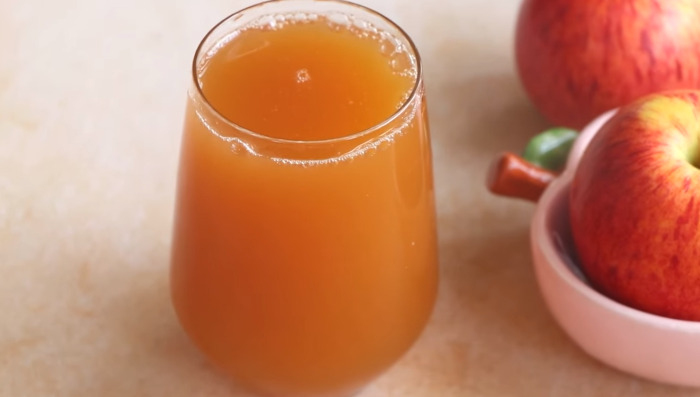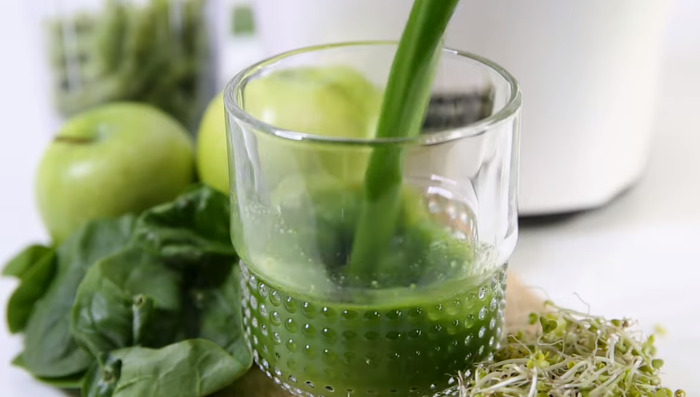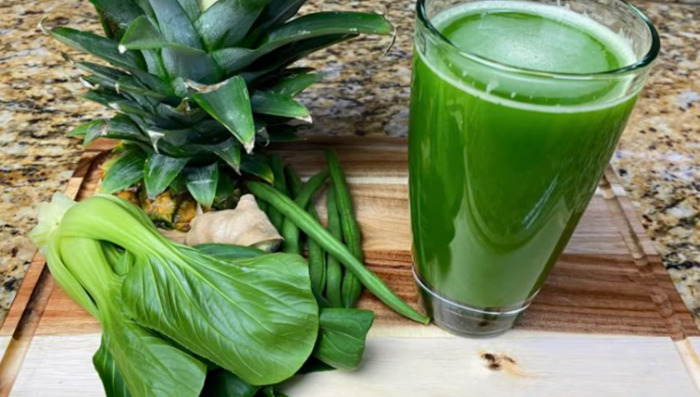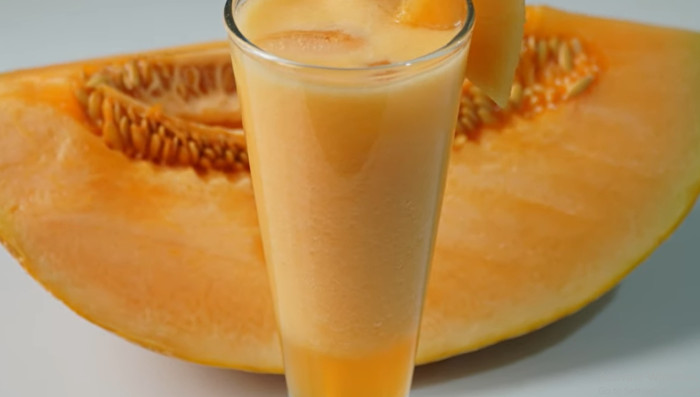Embark on a journey of flavor and nourishment as we delve into the world of apple juice. Picture yourself sipping a crisp, refreshing glass of pure apple essence. The result of nature’s bountiful offering combined with expert craftsmanship. In this article, we’ll unlock the secrets to making the perfect apple juice, whether you’re a novice or a seasoned juicing enthusiast.
Drawing from my expertise in content creation and the insights you’ve provided, we’ll explore a treasure trove of knowledge. From the precise ingredients and equipment required to the step-by-step instructions for both juicer and manual methods, we’ll leave no stone unturned. The journey doesn’t stop there; we’ll dive into the health benefits of apple juice, comparing it to apple cider, and unraveling the mysteries behind its vibrant hue. So, join me on this endeavor as we quench our thirst for knowledge and sip our way to a healthier, more flavorful lifestyle. Let’s get started!
How to make apple juice?
Ingredients:
Crafting your own batch of delicious apple juice requires just a handful of simple and fresh ingredients. Here’s what you’ll need:

- Fresh Apples: Choose 10 pounds (about 40 apples) of your favorite apple variety, such as Fuji, golden delicious, gala, red delicious, honeycrisp, granny Smith, or Rome. The combination of sweeter and tart apples adds depth to the flavor profile.
- Water: You’ll need just enough water to cover the bottom of your pot when making apple juice without a juicer. For juicing with a juicer, water may not be necessary.
- Citric Acid or Lemon Juice: Optional, but recommended to prevent browning. Add 1 tablespoon of citric acid or lemon juice to maintain the vibrant color of your apple juice.
- Sugar: If your apples are on the less sweet side, you can add a touch of sugar to enhance the sweetness of the juice. The amount can vary based on your preference.
- Cinnamon Sticks: For an extra layer of flavor, consider adding a cinnamon stick or two to infuse the juice with warm, aromatic notes.
Equipment:
Here’s a list of essential tools you’ll need to get started:
- Juicer: A high-quality juicer is the heart of your operation. Opt for a reliable juicing machine that’s designed to extract the maximum amount of juice from your apples while retaining their natural flavors.
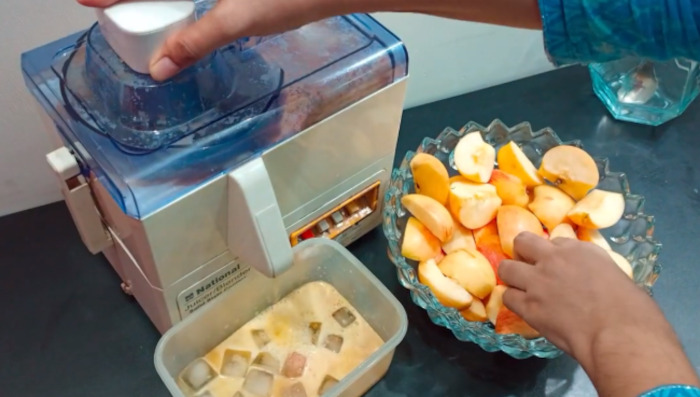
- Cutting Board and Knife: To prepare your apples for juicing, you’ll need a sturdy cutting board and a sharp knife for slicing and coring.
- Large Bowl: Keep a large bowl nearby to collect the freshly extracted juice from the juicer’s spout. This will ensure that you can easily transfer the juice to your desired storage containers.
- Fine Mesh Strainer or Cheesecloth: While a juicer effectively separates the juice from the pulp, using a fine mesh strainer or cheesecloth can help you achieve an even smoother texture.
- Pitcher or Bottles: After straining, transfer the juice to a pitcher or bottles for convenient storage and serving.
- Citric Acid or Lemon: If you prefer to add citric acid or lemon juice to prevent browning, have these ingredients handy.
- Cup and Tasting Spoon: Keep a cup and tasting spoon nearby to sample your freshly made apple juice and adjust the flavor if necessary.
Instructions:
Here’s a step-by-step guide to help you create a delicious batch of homemade apple juice:
- Preparation: Wash your apples thoroughly and cut them into quarters, removing any seeds and stems.
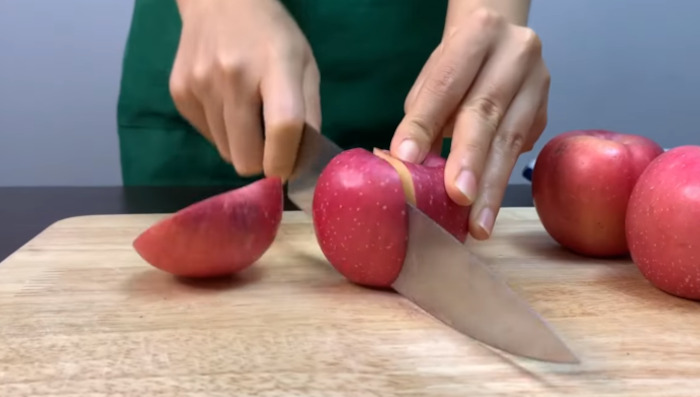
- Juicer Setup: Set up your juicer according to the manufacturer’s instructions. Ensure that all components are clean and ready to use.
- Juicing: Begin by feeding the apple quarters through the juicer’s feed chute. Watch as the juicer extracts the flavorful liquid while separating the pulp.
- Collect the Juice: Place a large bowl beneath the juicer’s spout to catch the freshly pressed juice as it flows out.
- Straining: For an even smoother texture, strain the extracted juice through a fine mesh strainer or cheesecloth, removing any remaining pulp or solids.

- Citric Acid or Lemon Juice: To prevent browning, consider adding a touch of citric acid or lemon juice to the juice. This step is optional but can help maintain the vibrant color of your juice.
- Taste and Adjust: Pour a small amount of the juice into a cup and take a sip. If needed, adjust the flavor by adding more citric acid, lemon juice, or a touch of sweetener.
- Storage: Transfer the strained and flavored juice into a pitcher or bottles. Seal them tightly and refrigerate to keep the juice fresh and flavorful.
- Enjoy: Serve the homemade apple juice chilled and savor the delightful taste of your creation.
Health benefits of apple juice:
Apple juice isn’t just a delightful beverage; it also offers a range of health benefits that contribute to your overall well-being. Here are some reasons to incorporate this refreshing drink into your diet:
- Rich in Nutrients: Apple juice is packed with essential vitamins and minerals, including vitamin C, potassium, and various B vitamins. These nutrients support immune function, heart health, and overall vitality.
- Hydration: With its high water content, apple juice helps keep your body hydrated. Staying hydrated is crucial for maintaining energy levels and promoting healthy skin.

- Antioxidant Power: Apples contain antioxidants like flavonoids and polyphenols that combat oxidative stress in the body. These antioxidants may contribute to reducing the risk of chronic diseases.
- Digestive Aid: The soluble fiber found in apple juice can aid digestion by promoting healthy gut bacteria and supporting regular bowel movements.
- Heart Health: The natural compounds in apples have been linked to a reduced risk of heart disease. Apple juice may help lower LDL cholesterol levels and regulate blood pressure.
- Anti-Inflammatory Properties: The antioxidants in apple juice have anti-inflammatory effects, which may help alleviate symptoms of conditions like arthritis and inflammatory bowel disease.
- Bone Health: Apple juice contains potassium and other minerals that support bone health. These nutrients contribute to maintaining strong bones and preventing conditions like osteoporosis.
- Weight Management: Drinking apple juice in moderation can aid weight management due to its low calorie content and fiber that promotes a feeling of fullness.
- Natural Energy Boost: The natural sugars in apple juice provide a quick energy boost, making it a healthier alternative to sugary energy drinks.
- Cognitive Function: Some studies suggest that apple juice’s antioxidants may benefit brain health, potentially reducing the risk of cognitive decline.
What to Do With Leftover Apple Puree?
Here are some creative and practical ideas for utilizing every bit of that leftover goodness:
- Feed Your Chickens: If you have backyard chickens, they’ll love the nutritious apple puree. It’s a healthy treat that can supplement their diet and provide them with vitamins and minerals.
- Compost: Apple puree is entirely compostable. Add it to your compost pile to contribute to nutrient-rich soil for your garden.
- Baking: Incorporate apple puree into baked goods like muffins, cakes, and bread. It adds natural sweetness and moisture to your recipes.
- Smoothies: Blend apple puree into your morning smoothies for an extra boost of fruitiness and nutrition.
- Baby Food: Apple puree is an excellent option for homemade baby food. It’s easy to digest and packed with vitamins that are beneficial for your little one.
- Sauces and Compotes: Cook the apple puree down to create flavorful sauces or compotes. These can be used as toppings for pancakes, waffles, yogurt, or ice cream.
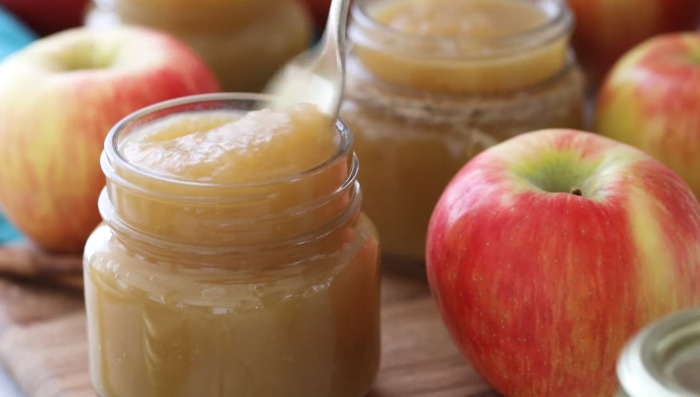
- Oatmeal and Cereal: Mix apple puree into your morning oatmeal or cereal for added flavor and nutrients.
- Freeze for Later: Portion out the apple puree into small containers or freezer bags and freeze it for future use in recipes.
- DIY Face Mask: Believe it or not, apple puree can be used in homemade face masks. Its natural antioxidants and vitamins can benefit your skin.
- Gifts: Get creative and jar up the apple puree to give as thoughtful gifts to friends and family. Add a ribbon and label for a personal touch.
How to Store Apple Juice?
Follow these guidelines to ensure your homemade apple juice stays delicious and safe to drink:
- Refrigeration: Store freshly made apple juice in a clean, airtight container and keep it in the refrigerator. The cold temperature helps slow down the growth of bacteria and yeast, preserving the juice’s taste and nutritional value.
- Sealing: Make sure the container is tightly sealed to prevent air from entering, which can lead to oxidation and spoilage.
- Use Within a Week: For the best quality, consume your homemade apple juice within a week of making it. Freshly squeezed juices are more prone to bacterial growth than commercial products due to lack of pasteurization.
- Freezing: If you have excess apple juice, consider freezing it. Pour the juice into ice cube trays or freezer-safe containers, leaving some space for expansion. Frozen apple juice can be stored for several months and used in smoothies or recipes.
- Thawing: When you’re ready to use frozen apple juice, thaw it in the refrigerator or microwave it gently. Shake or stir it well after thawing to recombine any separated solids.
- Check for Spoilage: Before consuming refrigerated or frozen apple juice, check for any signs of spoilage, such as off smells, mold, or unusual texture.
- Avoid Overfilling: Leave some space at the top of your storage container to allow for expansion as the juice freezes (if freezing) or as it chills in the refrigerator.
- Avoid Exposure to Light: If storing in a clear container, keep it in a dark place or wrap the container in aluminum foil to prevent exposure to light, which can degrade the juice’s quality over time.
Conclusion:
In conclusion, crafting delicious and nutritious apple juice is a rewarding endeavor that offers a wealth of benefits. By selecting the finest apples, preparing them with care, and using the right equipment, you can create a refreshing beverage bursting with natural flavors. Whether you choose to use a juicer or opt for a more manual method, the key is to maximize the nutrients and taste that apples offer. From the health benefits of apple juice to the creative ways of repurposing leftover apple puree, you now possess the knowledge to embark on your apple juice-making journey.
Remember to store your creations properly to maintain their freshness and savor every sip. By embracing these guidelines and insights, you can savor the delightful taste of homemade apple juice while reaping its nourishing advantages. So, go ahead and enjoy the fruits of your labor – both in the glass and in your well-being. Cheers to your apple juice adventure!
FAQs:
My Apple Juice Turned Brown! What Happened?
If your freshly made apple juice has taken on a brown hue, don’t fret – it’s a common occurrence caused by a process called oxidation. When the juice comes into contact with air, enzymes in the apples react with oxygen, resulting in the discoloration. While the change in color may not be visually appealing, rest assured that the nutritional value and taste remain largely intact. To minimize browning, you can add a bit of lemon juice to your apple juice, which helps slow down oxidation. Remember, the appearance might change, but the delightful flavor and benefits of your homemade apple juice are still there for you to enjoy!
How Long Does Apple Juice Last?
Freshly made apple juice can stay fresh for about 7 to 10 days when refrigerated at the right temperature of 34-40°F (1-4°C). However, its shelf life can vary depending on factors like the juicing process, storage conditions, and any preservatives used. To ensure the longest shelf life, store your apple juice in an airtight container and keep it cold. If you’re looking to extend the lifespan, freezing your apple juice is an option. Just remember that freezing might slightly affect the texture, but the flavors and nutrients will remain intact, providing you with a refreshing sip even after a few months.
Related Read: What Are The Best Fruits To Juice?

